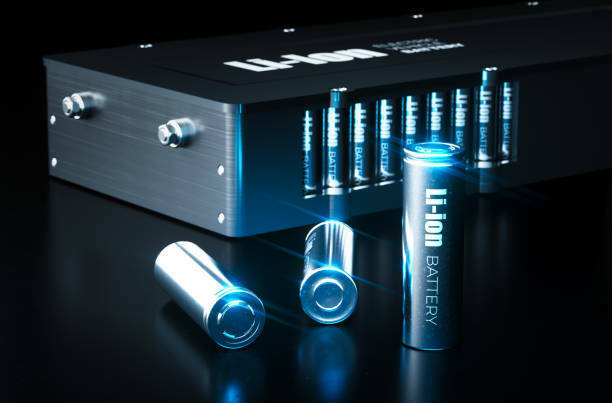BlauHoff E-bike and E-scooter batteries
The bicycle battery serves as the fuel for your electric bicycle or e-bike/e-scooter.
The battery capacity of a bicycle battery deteriorates as the bicycle battery ages. You will not be able to cycle as far with a fully charged battery compared to when the battery was new. With a new bike battery you can remedy this problem and enjoy cycling as usual.
Was the range of your electric bike already disappointing when you bought it? Then you could opt for a bicycle battery with more power than the original bicycle battery if possible.
Blauhoff produces high quality Lithium batteries which are often a direct fit.
All batteries have a minimum cycle of 500 times or more.
BlauHoff strives to produce a suitable and economical alternative Lithium/LifePO4 compatible battery for each model, in the coming years. In Frame, Tube and Back Rack models.
Also we can make for OEM and OES the right models for your type. Inquiries are welcome.
For more information mail [email protected] or call us!
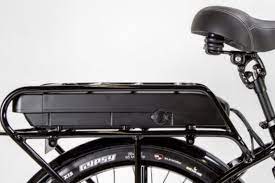
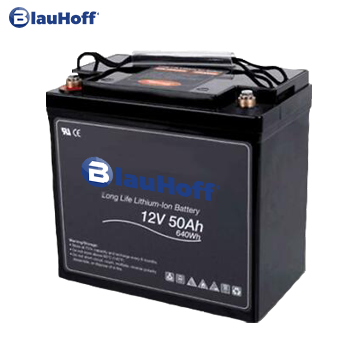
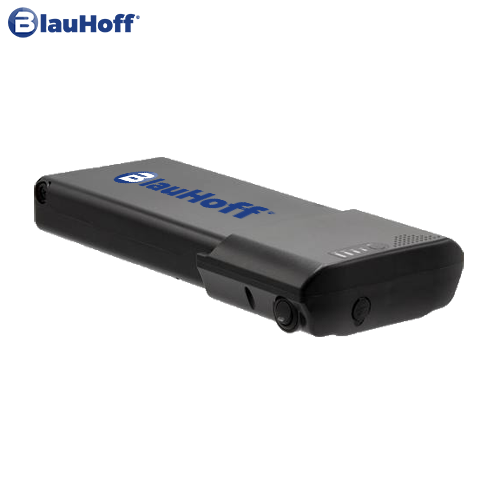
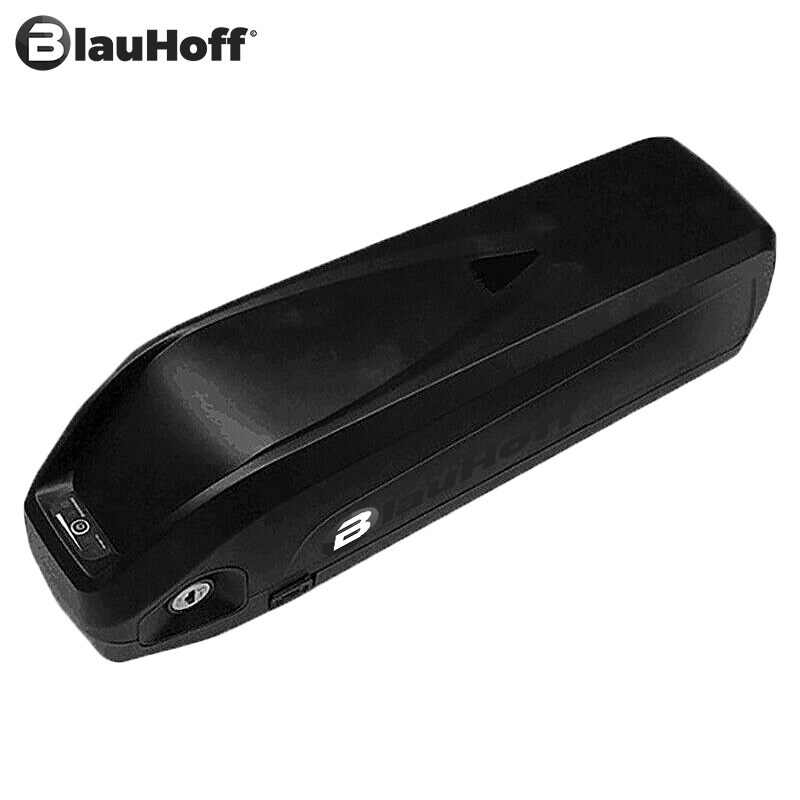
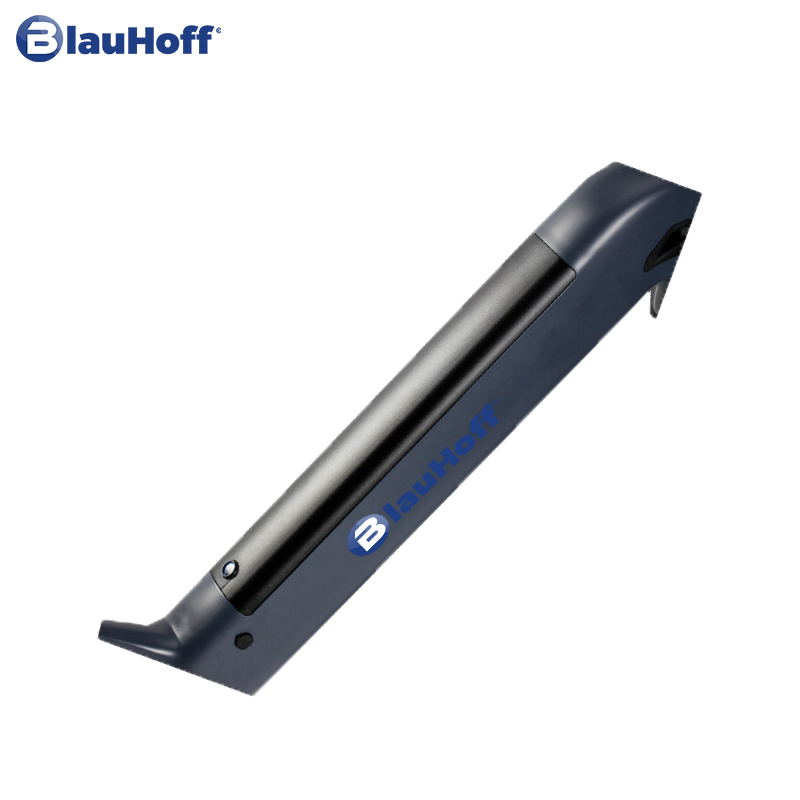
What does the voltage, ampere and charge time of a bicycle or e-scooter battery mean?
Volts – The battery has a certain voltage. The more powerful the machine the higher the voltage in Volts. The higher the number of volts, the more powerful the machine. The voltage required depends on the work.
Ah (Ampere hour) – The capacity of the battery is shown in Ampere hours or Ah. This means, the more Ah a battery has, the longer work can be done with the machine.
Charging time – The charging time of the battery depends on the number of Ah of the battery and the maximum output of the battery charger. The more Ah a battery has the longer the charging time. Below is an overview of the different charging times by manufacturer.
One of the most frequently asked questions about e-bikes / e-scooters concerns the range:
How many kilometers far will I get?
Unfortunately, this question cannot be answered unambiguously, because many factors are of influence, such as: the capacity of the battery, the amount of support (setting), the weight of the cyclist, the cycling route (hills), the tire pressure and the weather (wind and cold).
Battery capacity
Of course the battery capacity determines the action radius. The battery capacity is expressed in Ah (Ampere hour) or Wh (Watt hour).
The capacity in Ah indicates how long a battery can supply a certain amount of power: 10 Ah means 10 Ampere for one hour or for example 2 Ampere for 5 hours.
The capacity in Wh indicates the amount of energy the battery can supply. The capacity is easy to calculate when the voltage and Ah are known: Wh = Ah x V. So a 10 Ah 36 Volt battery has a capacity of 360 Watt hours.
BlauHoff has various batteries between 10 and 20 Ah or 360 and 720 Kw.
Support mode
The pedelec provides pedal assistance – which also makes it more difficult to give an exact range. After all, one person will be pedaling more than another.
In mode 1, about 1.5 A of current is consumed. With a battery capacity of 15Ah you can in principle cycle for 10 hours with pedal support. At maximum support in position 5, 7 A of current is used, which means that the same battery will be empty after 2 hours.
| Stand | 10,4 Ah accu | 15,6 Ah accu |
| 1 | 7 hours | 10 hours |
| 2 | 3,5 hours | 5 hours |
| 3 | 2,5 hours | 3,8 hours |
| 4 | 2 hours | 3 hours |
| 5 | 1,5 hours | 2,2 hours |
Operating range
| Capaciteit (Ah) | Capaciteit Wh | Actieradius (stand 2) | Tijd |
| 10,4 Ah | 375 Wh | 65-75 | 3-4 h |
| 13 Ah | 468 Wh | 80-90 | 4-5 h |
| 15,6 Ah | 560 Wh | 95-110 | 5-6 h |
| 20 Ah | 720 Wh | 125-140 | 6-8 h |
To give a concrete example (for indication) we assume the following:
Support mode 2 (often used)
Weight cyclist 75-80 kg
No special circumstances (hills, headwind)
Influencing factors
That the weight, hills and headwind affect the range is logical. But there are a number of other factors of importance:
Cold – batteries function worse in (freezing) cold which can lead to a 20% lower capacity
Age of battery – battery capacity decreases over time. This is mainly related to the number of charge cycles. Per year this can mean a loss of 10% capacity.
Tire pressure – a slack tire has a lot more rolling resistance. This can mean a loss of 20% of the range.
Tip: The tire pressure has a major impact on the resistance and thus on the radius. Make sure the tire pressure is at least 3.5 bar.
A pressure loss of 1 bar per month is common. It is a good idea to check your tire pressure every two weeks.


